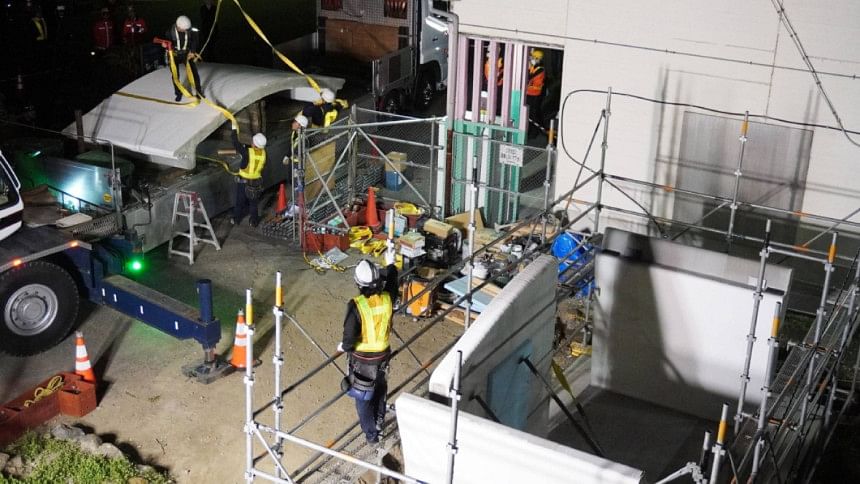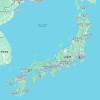Japan develops 3D-printed train station

West Japan Railway (JR West) has recently unveiled what they claim to be the world's first 3D-printed train station, a sleek, curved-roof structure that took just two and a half hours to assemble on-site—a fraction of the time required for traditional construction.
The 10-square-meter station at Hatsushima in the city of Arida on the Kisei Line replaces a worn wooden building and was prefabricated off-site using robotic mortar printers by Serendix, a firm specialising in futuristic 3D-printed homes, states a recent article by Japan Times. Reinforced with steel and concrete, the earthquake-resistant design features a subtle nod to local agriculture: a mandarin orange motif carved into its facade.
With Japan's workforce shrinking rapidly, JR West sees automation as critical. "This slashes labour needs and halves costs compared to reinforced concrete," JR West said in an official press release. The project, completed overnight between train services, aims to become a blueprint for renewing ageing infrastructure across rural Japan.

While Hatsushima serves very few daily riders, its makeover is a strategic test. JR West plans to expand the technology to busier locations, betting on 3D printing's design flexibility and speed to offset labour shortages. The move aligns with Japan's push to modernise its famed rail network sustainably.
Critics question why this quiet stop was chosen, but JR West insists the trial will "prove the model's viability" for broader use. As the station prepares to open in July, all eyes are on whether this white, orange-tinged shed could herald a new era for global rail construction—one where printers, not just people, build the future.

 For all latest news, follow The Daily Star's Google News channel.
For all latest news, follow The Daily Star's Google News channel. 








Comments